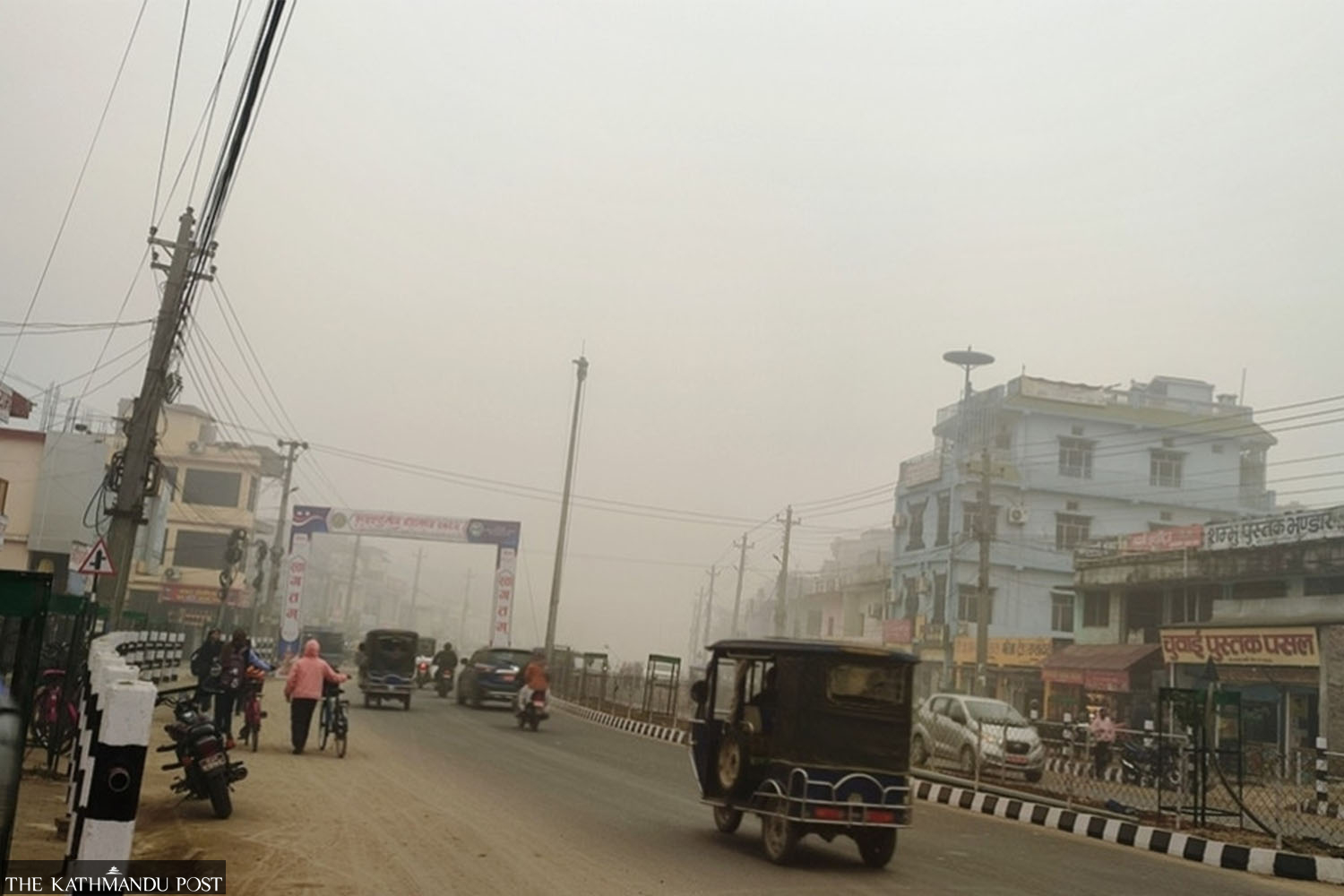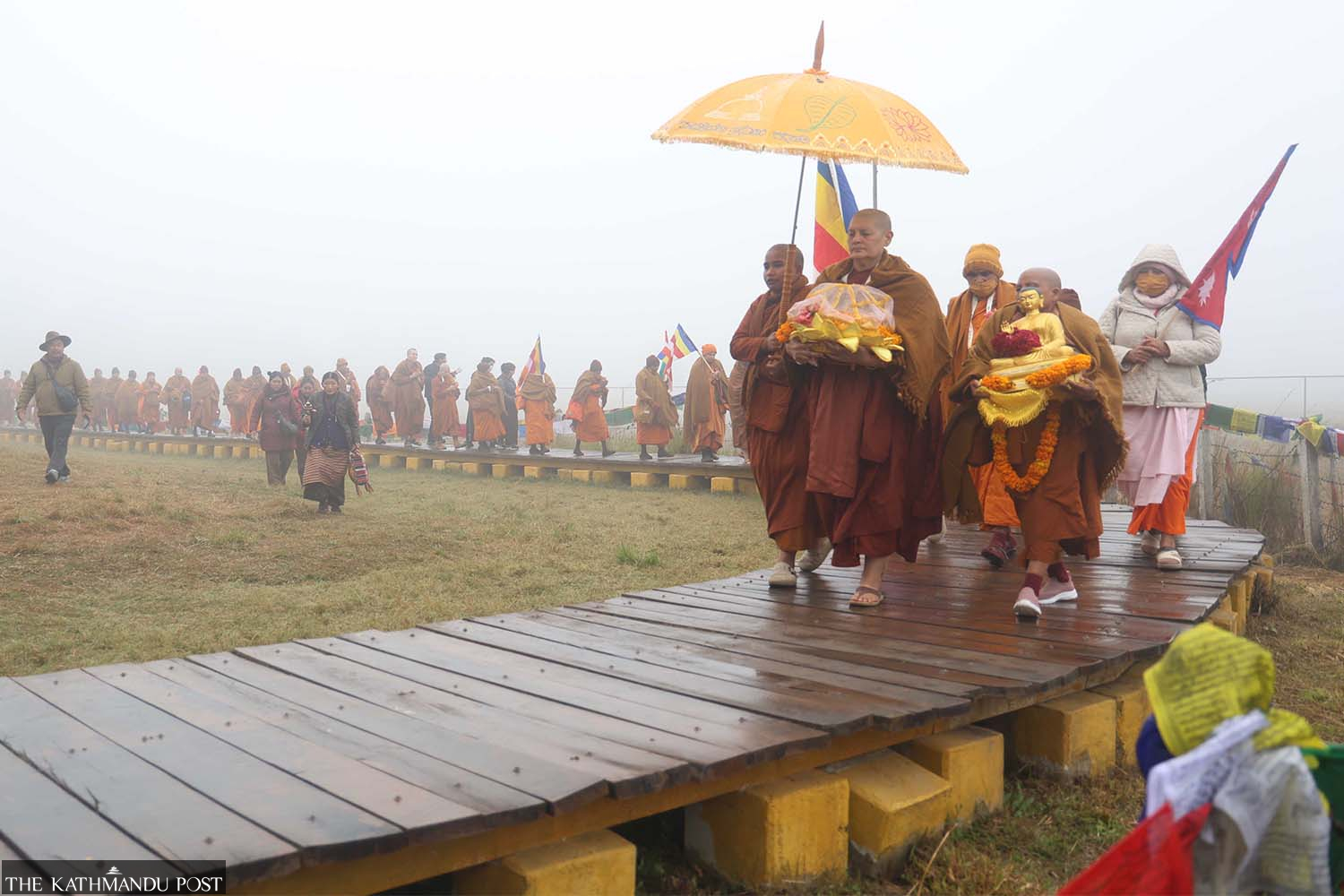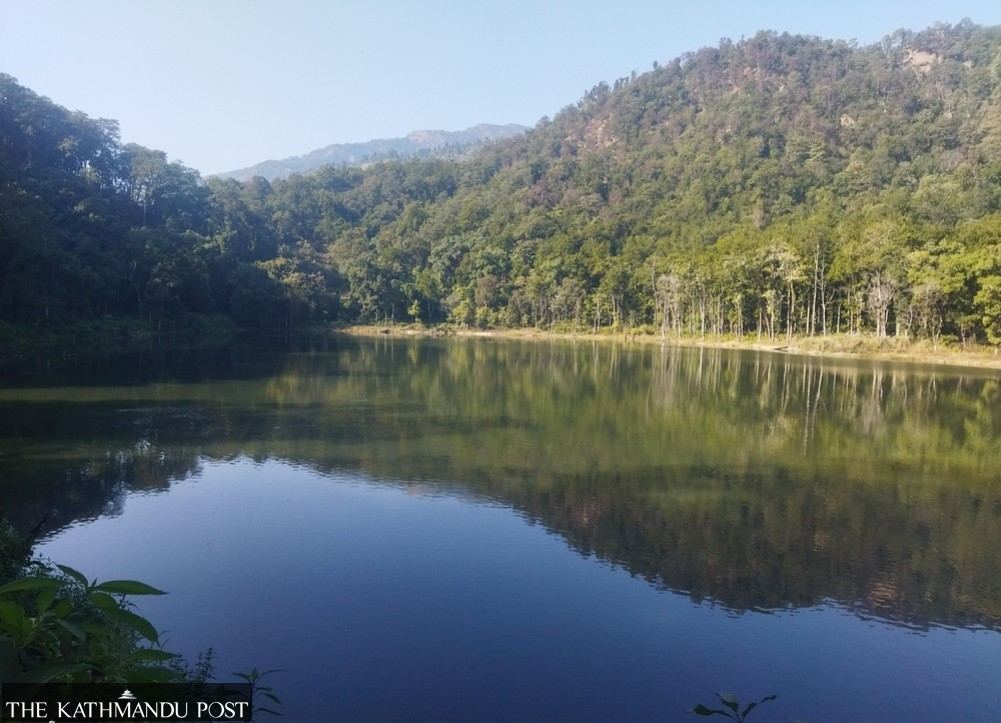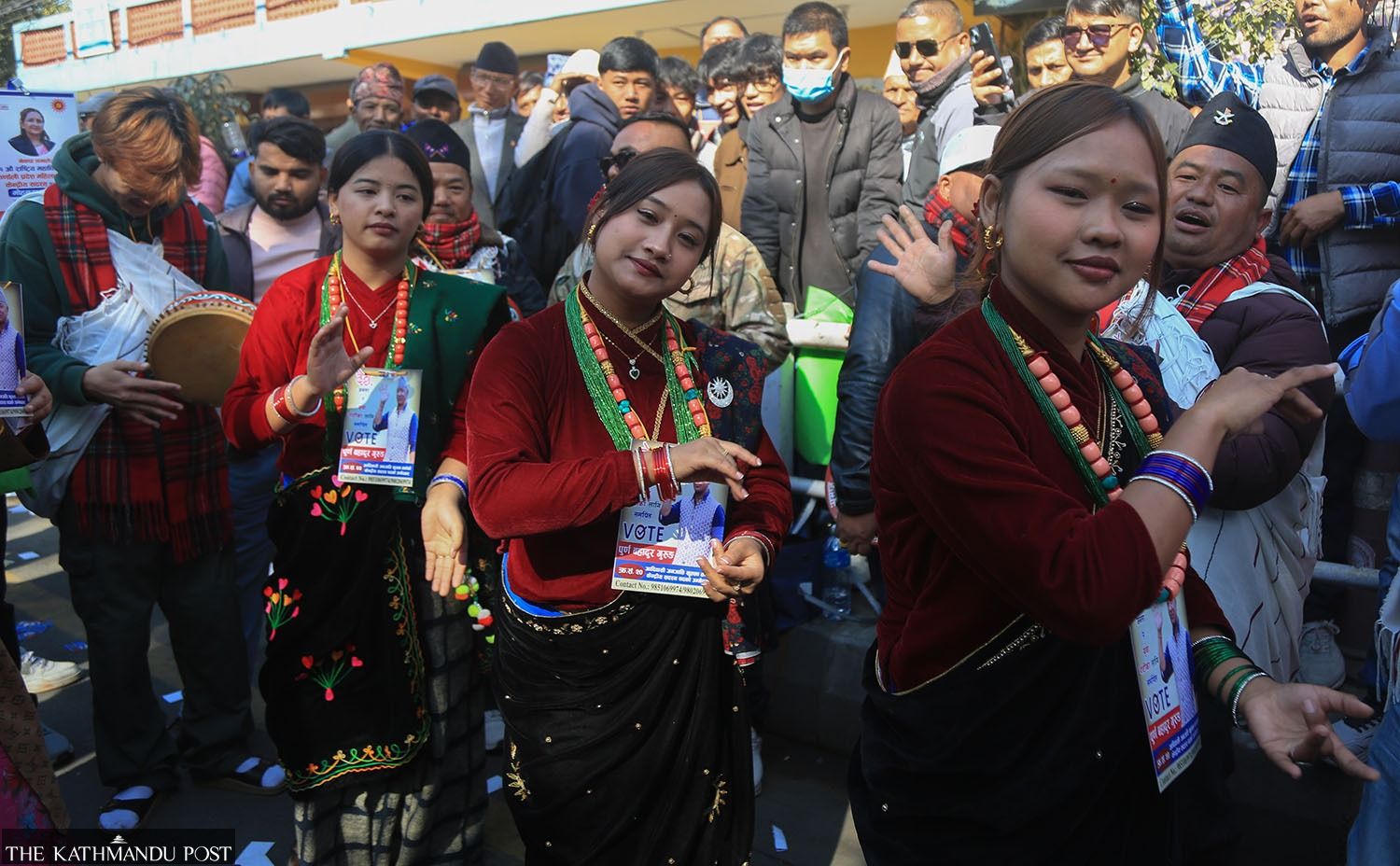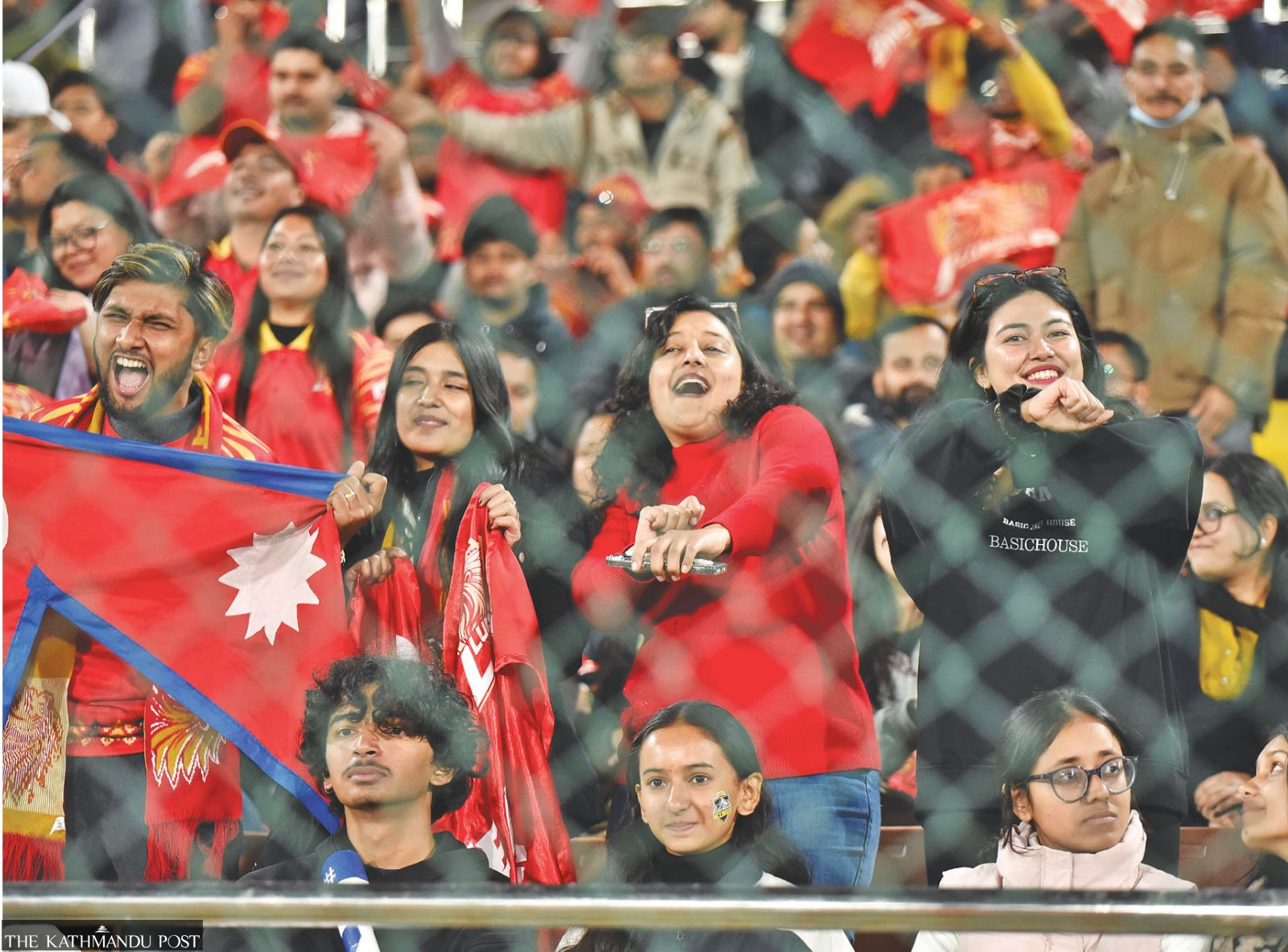Visual Stories
Celebrating the fervour of Maghe Sankranti
These photos show the celebration of the festival by different ethnicities at a different period in history..jpg)
Post Report
Maghe or Makar Sankranti, one of the most popular Nepali festivals, is observed at the beginning of the Nepali month of Magh. The festival marks the sun’s transit into Makara (Capricorn) which means the end of the winter solstice and the start of longer days.
On this day, many people from Hindu communities, take holy bath in rivers and ponds, and worship at various temples and relish delicacies like ghee, yam, khichadi including sweets prepared by mixing chaku (molasses) and sesame seeds.
Likewise, the Tharu community mark this day as the beginning of the New Year. Attired in traditional Tharu dress, the celebrants perform cultural shows across the country and also take part in parades. In the Tarai, people from various communities take bath in sacred rivers and lakes to worship the sun and wash away their sins during the auspicious occasion.
The Newar community observes this festival as ‘Ghyo Chaku Sanhu’ by having ghyo (ghee), chaku with samay baji and remembering the departed souls. The seniors apply mild-hot edible oil to heads of juniors on this day. It is believed that eating such items as ghee and chaku, sesame seed candy, vegetables and yam, and giving them away in charity on this day after taking a holy dip helps one become healthier.
The following photos, captured by US Peace Corps volunteers in the 1960s, show Nepalis celebrating Maghe Sankranti at a different period in history.
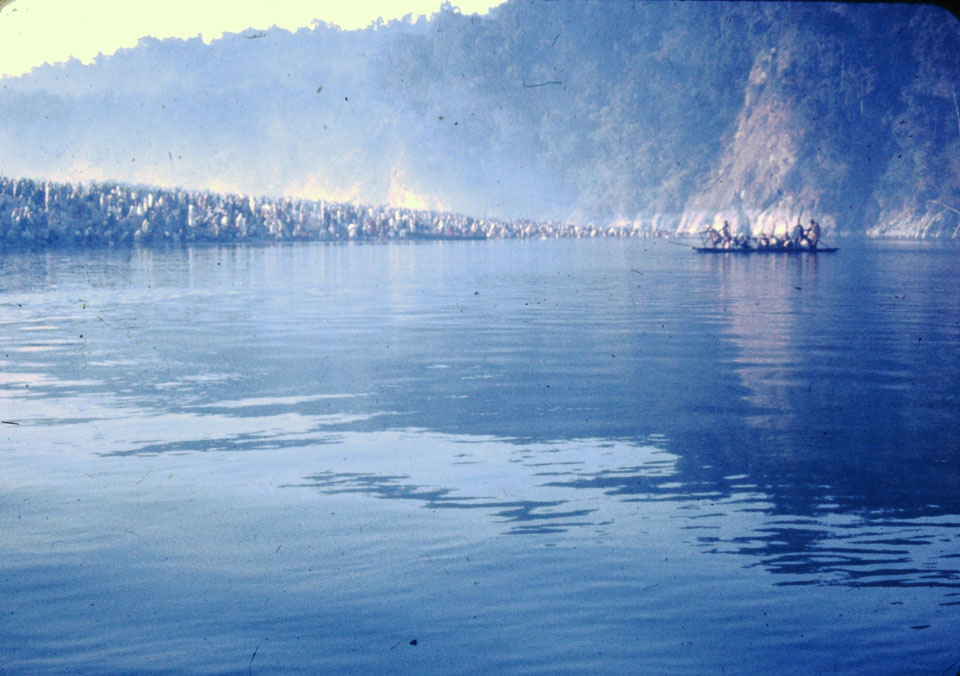
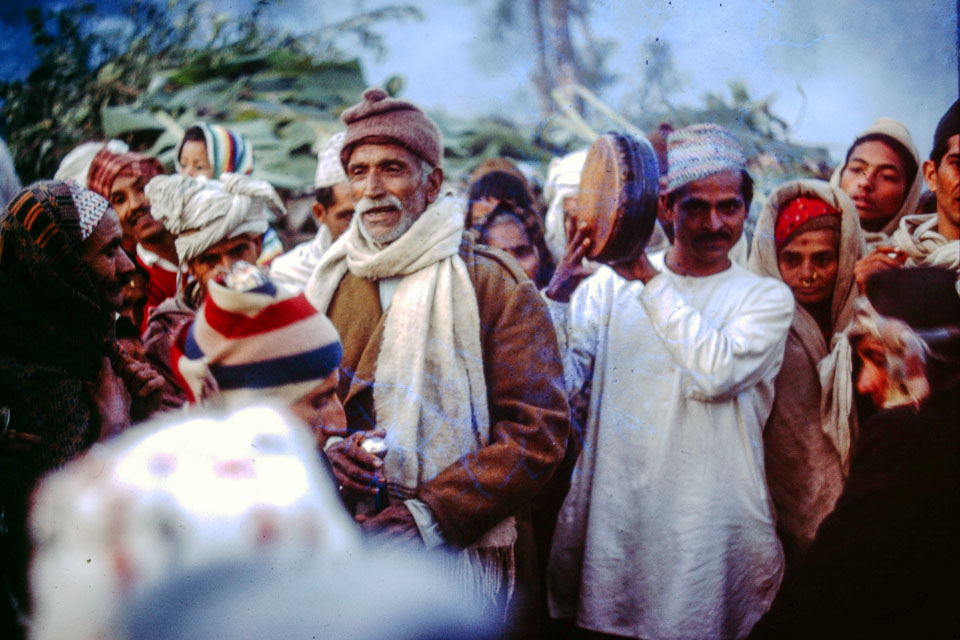

.jpg)
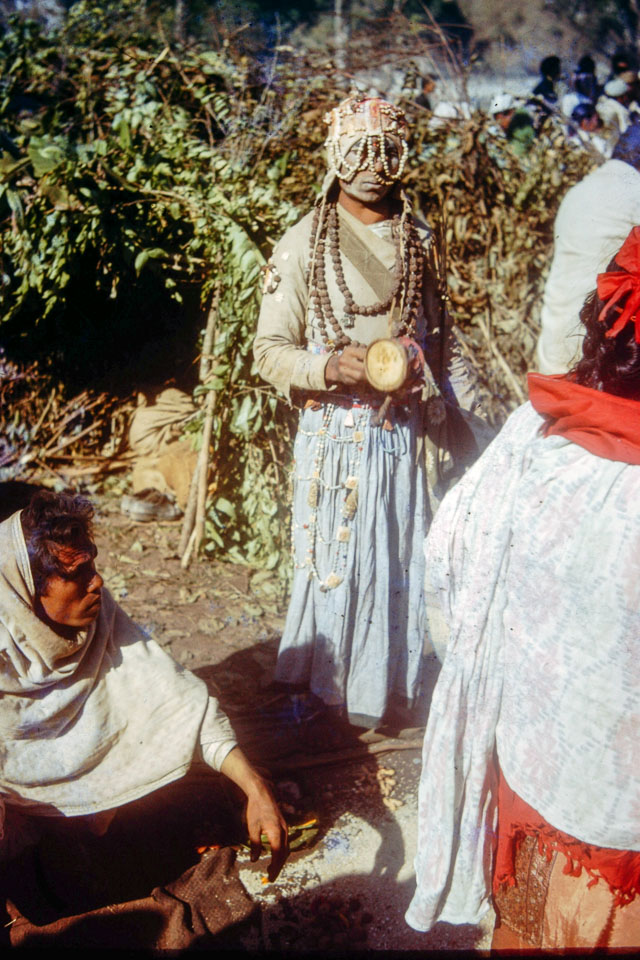
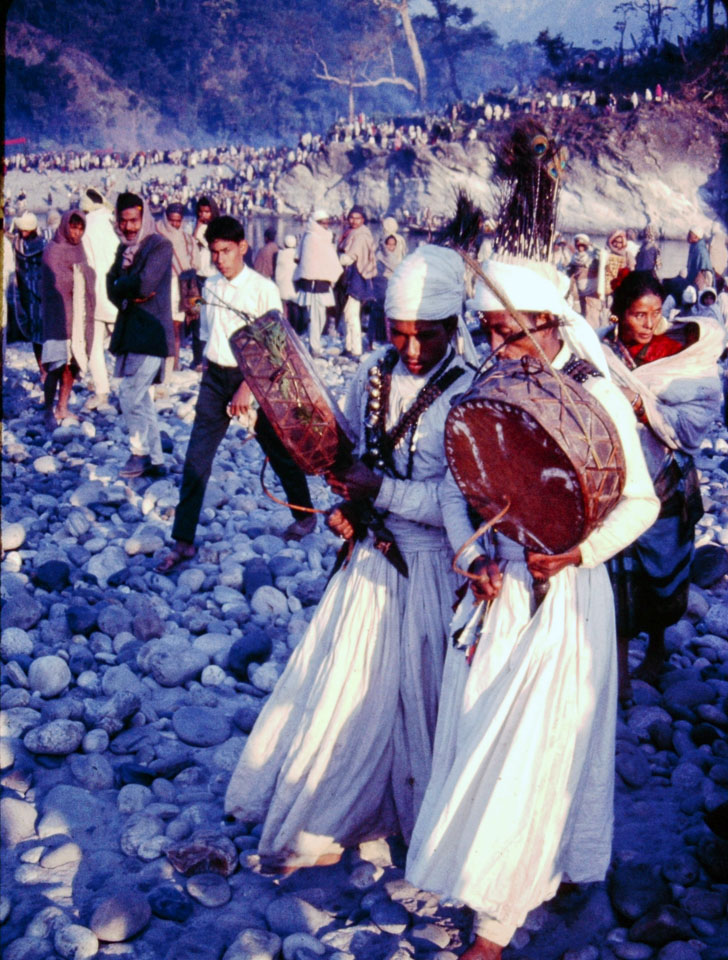
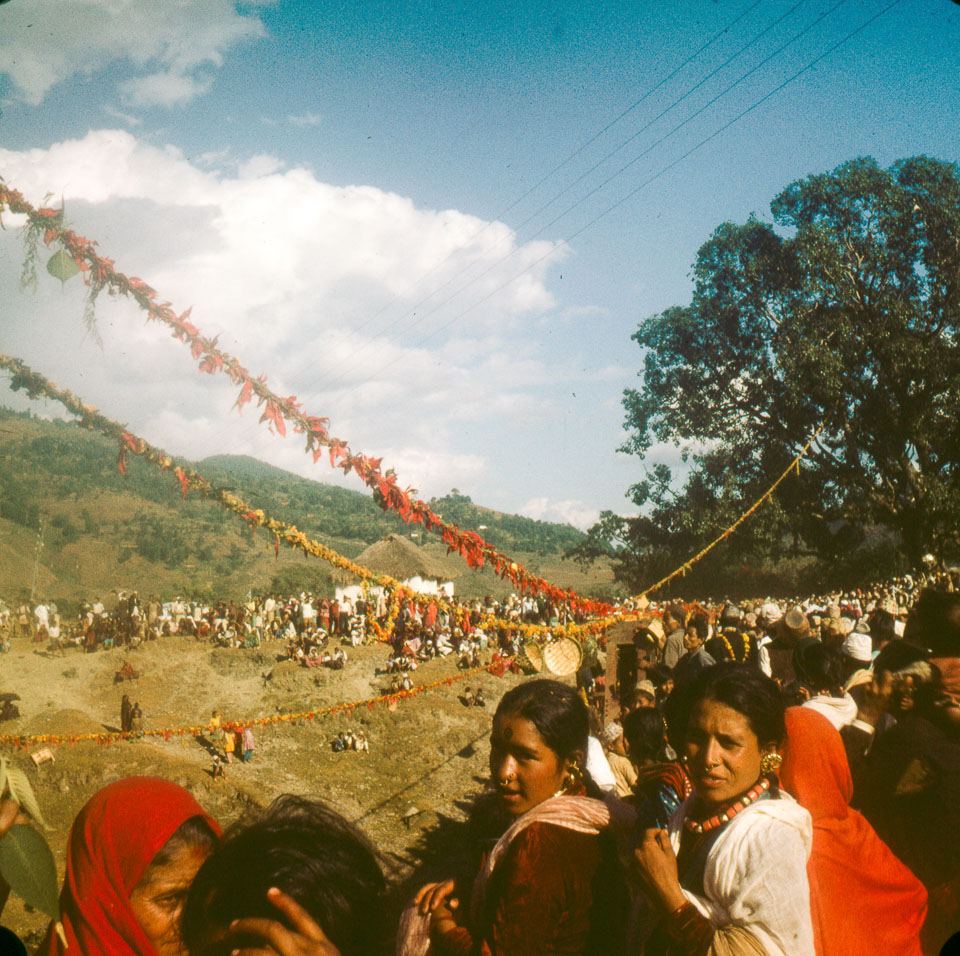
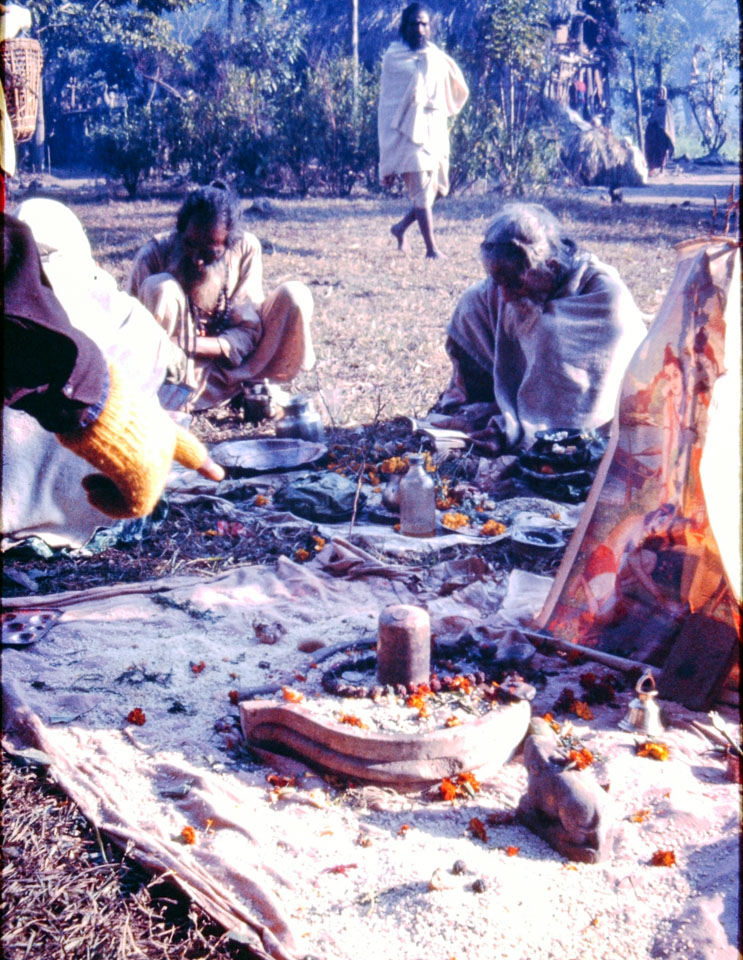
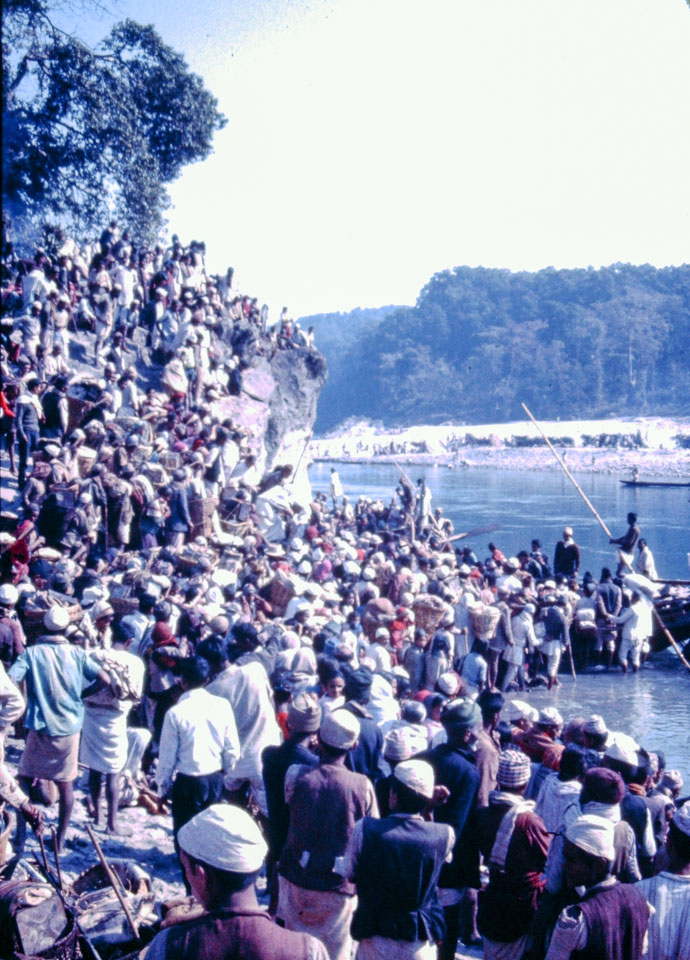
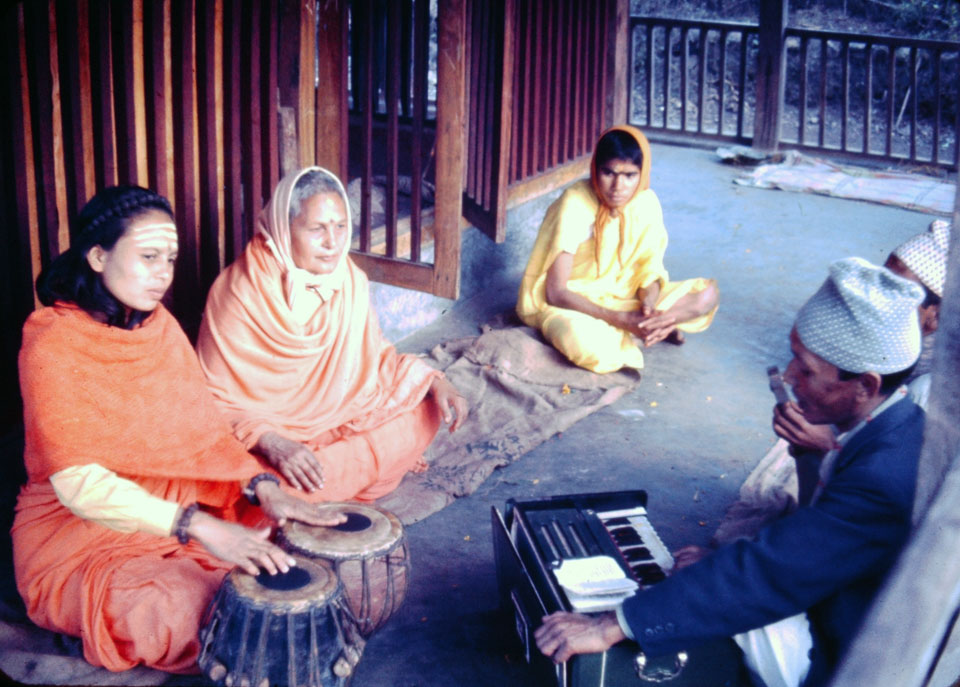
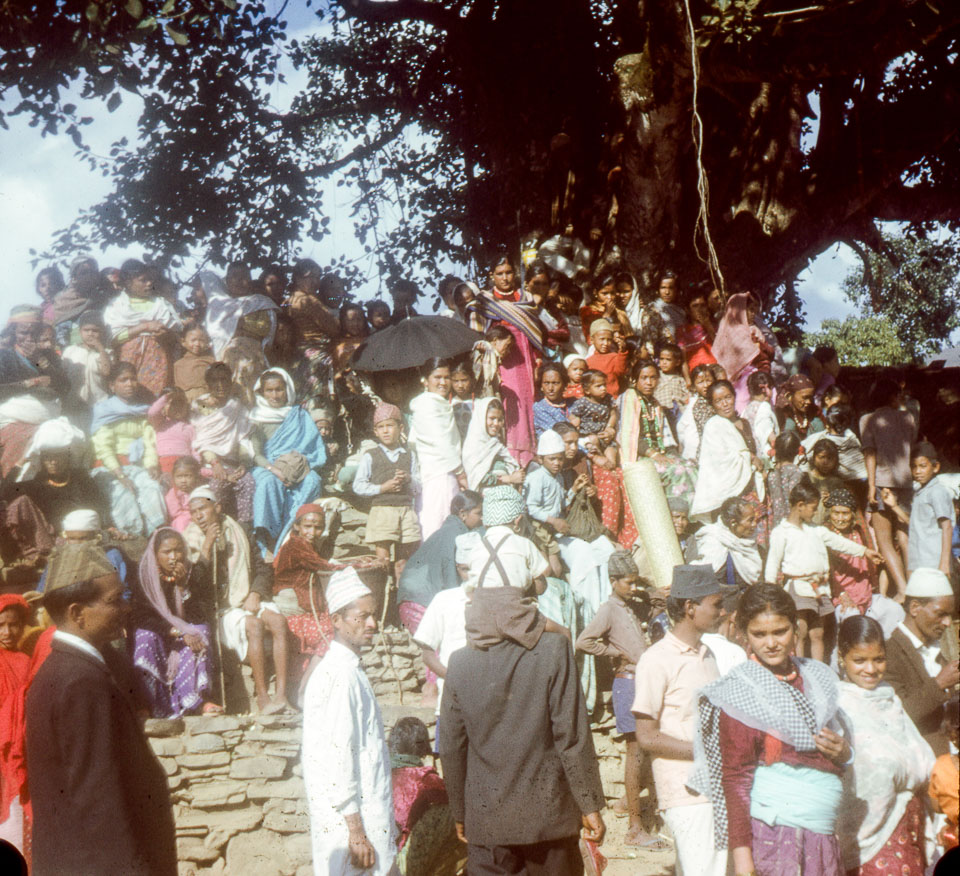


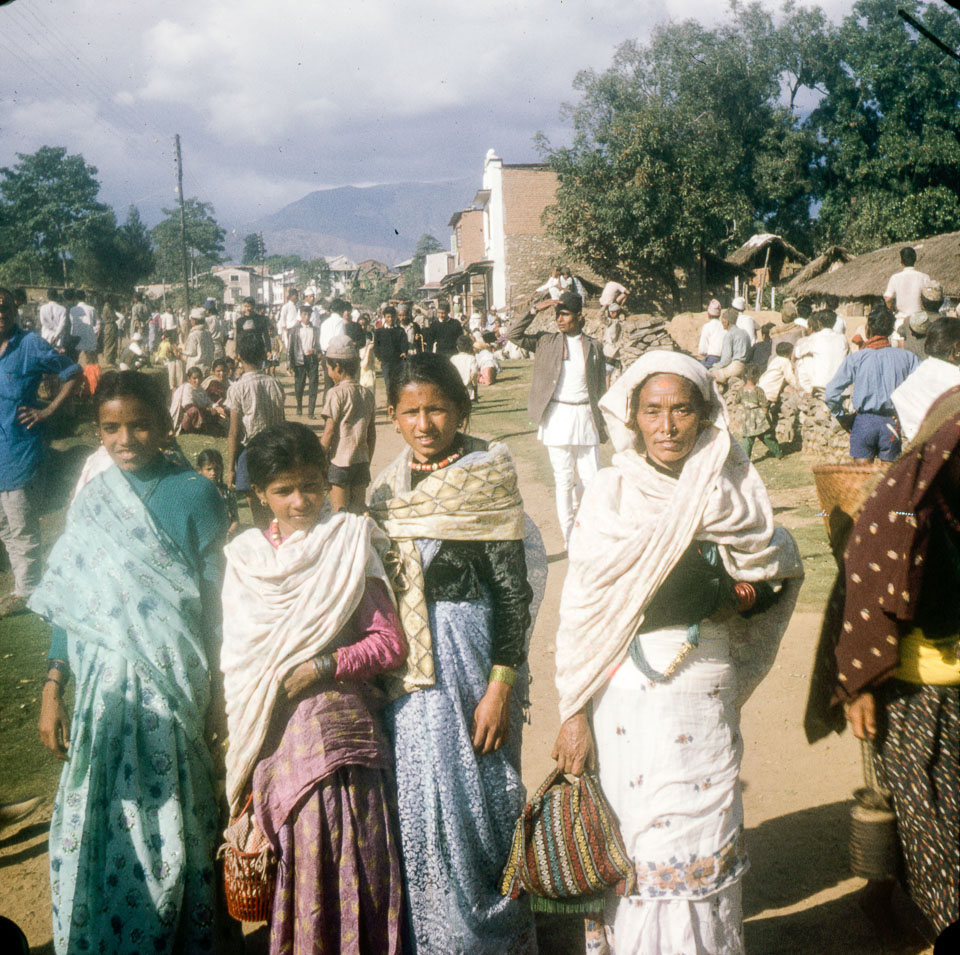


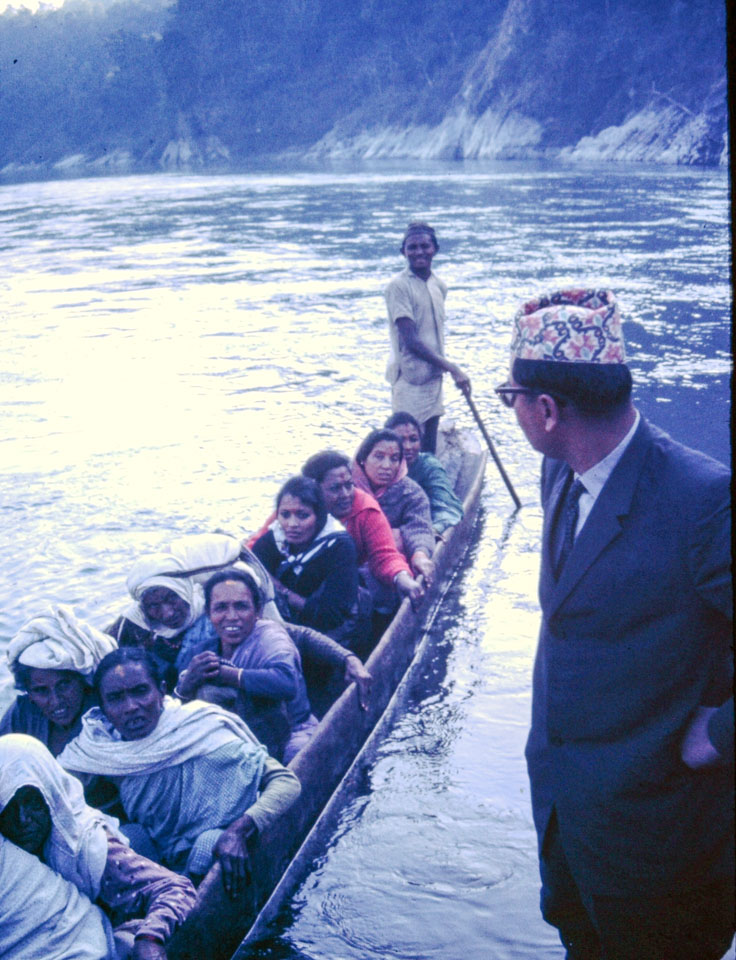
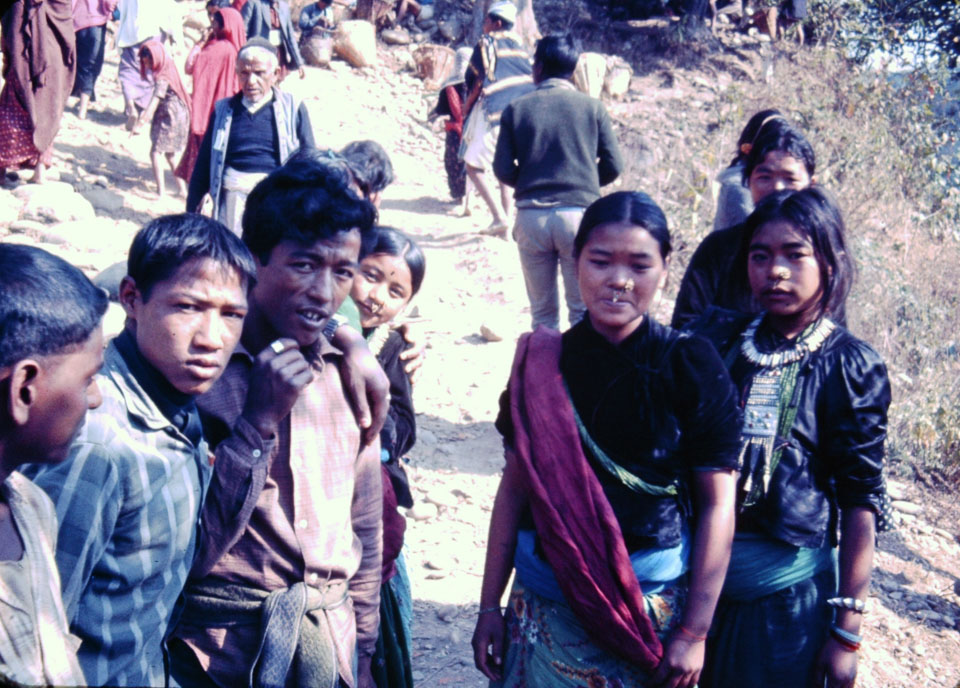
This photo essay is part of our Once Upon a Time series, featuring photographs taken by US Peace Corps volunteers in the 1960s and 70s.
To see more photo essays in the series, visit tkpo.st/eka-deshma




 19.12°C Kathmandu
19.12°C Kathmandu
